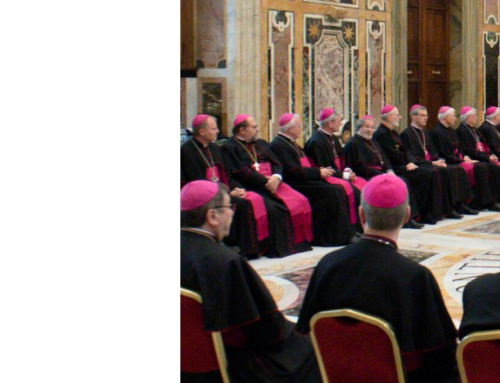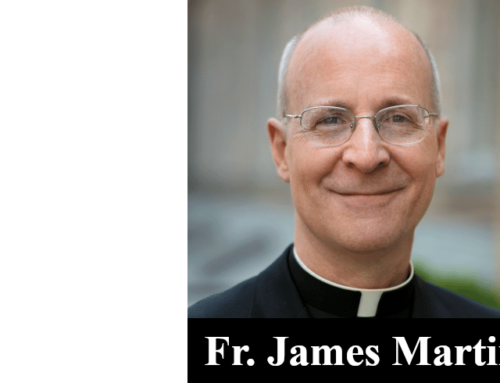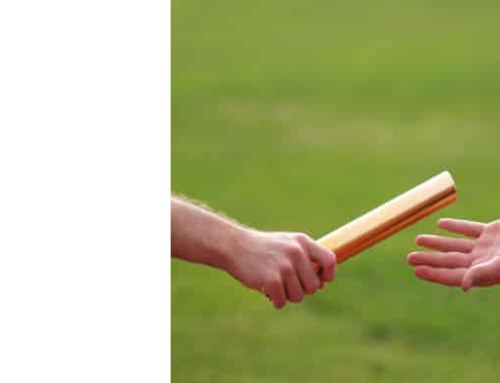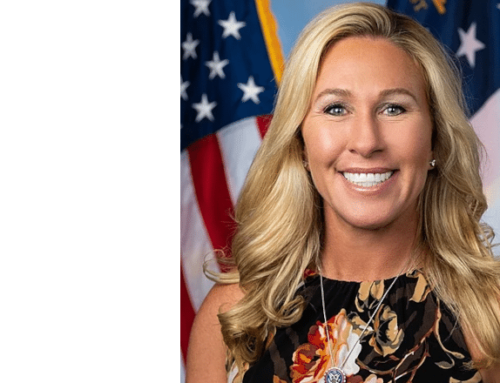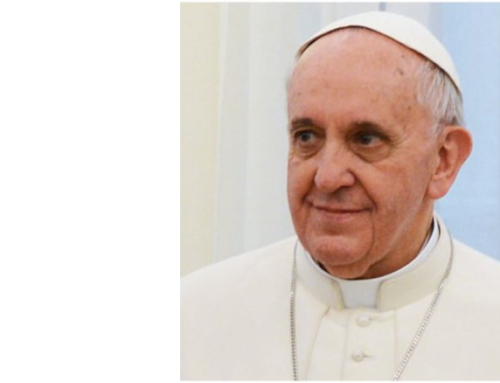Catholic League president Bill Donohue comments on the results of a new survey of LGBT people:
A new survey by the Public Religion Research Institute on LGBT people raises some important moral and political questions, though that is not the intent of the poll.
According to the survey, “5% of Americans identify as LGBT, including 2% who identify as gay or lesbian, 3% who identify as bisexual, and less than 1% who identify as transgender.” A demographic profile of these people yields striking results.
“Among Americans who identity as LGBT, nearly half (47%) are young adults (ages 18-29), about one-third (32%) are ages 30-49, about one in ten (12%) are ages 50-64, and 8% are seniors (ages 65 and older).”
On the basis of race and ethnicity, Native Americans are the only “people of color” who are not slightly overrepresented.
In terms of religious affiliation, people of faith are underrepresented. Almost half (47%) of the unaffiliated identify as LGBT. Geographically, the West is the most overrepresented and the South is the least represented. In terms of party affiliation, LGBT people are much more likely to be independents or Democrats than Republicans.
What these findings suggest is that to a large extent the LGBT community is a cultural phenomenon, not a biological one. How else to explain the disparities?
Take age. Why is there an inverse relationship between age and transgender identity, meaning the older the person the less likely he is to be transgender? To put it differently, why are those who identify as transgender mostly young people?
Young people have been indoctrinated into thinking that being a member of the LGBT community is at least a value-neutral attribute, and may even be cool. As Pope Francis has said, there is a “nasty” tendency in schools to “indoctrinate” children, teaching that our sex can be chosen and changed. This is doing a disservice to young people and it shows up in high rates of depression and suicide in this segment of the population.
Further proof that much of what is driving the increase in the LGBT community is cultural can be found by analyzing the response of Native Americans. Why are they not overrepresented the way other non-whites are? The answer seems plain: they are the least affected by the dominant culture. It is the dominant culture, as shaped by the schools, the media, and the entertainment industry that is driving the LGBT agenda, enticing adolescents to “experiment.”
Those who have no religious affiliation are of course more susceptible to LGBT propaganda: they are the most deracinated segment of the population. It is not devout Christian young people who are at war with human nature—it is secular-minded kids who reject the idea of nature and nature’s God.
Rootlessness explains why the West has the highest proportion of LGBT people and the South has the least. Southerners are more anchored in tradition and religion than any other part of the country, while those on the west coast are the most likely to see tradition and religion as constraining, thus leaving them more susceptible to experimentation.
As to be expected, Democrats, most of whom are liberals, are more likely to be a part of the LGBT community than Republicans, most of whom are conservatives, proving once again the role of cultural values.
Being an LGBT person is difficult enough (e.g., they suffer from high rates of depression and suicide), and this is especially true of the sexually confused (a male who thinks he is female and vice versa). That is why attempts to culturally mass produce them are pernicious.



